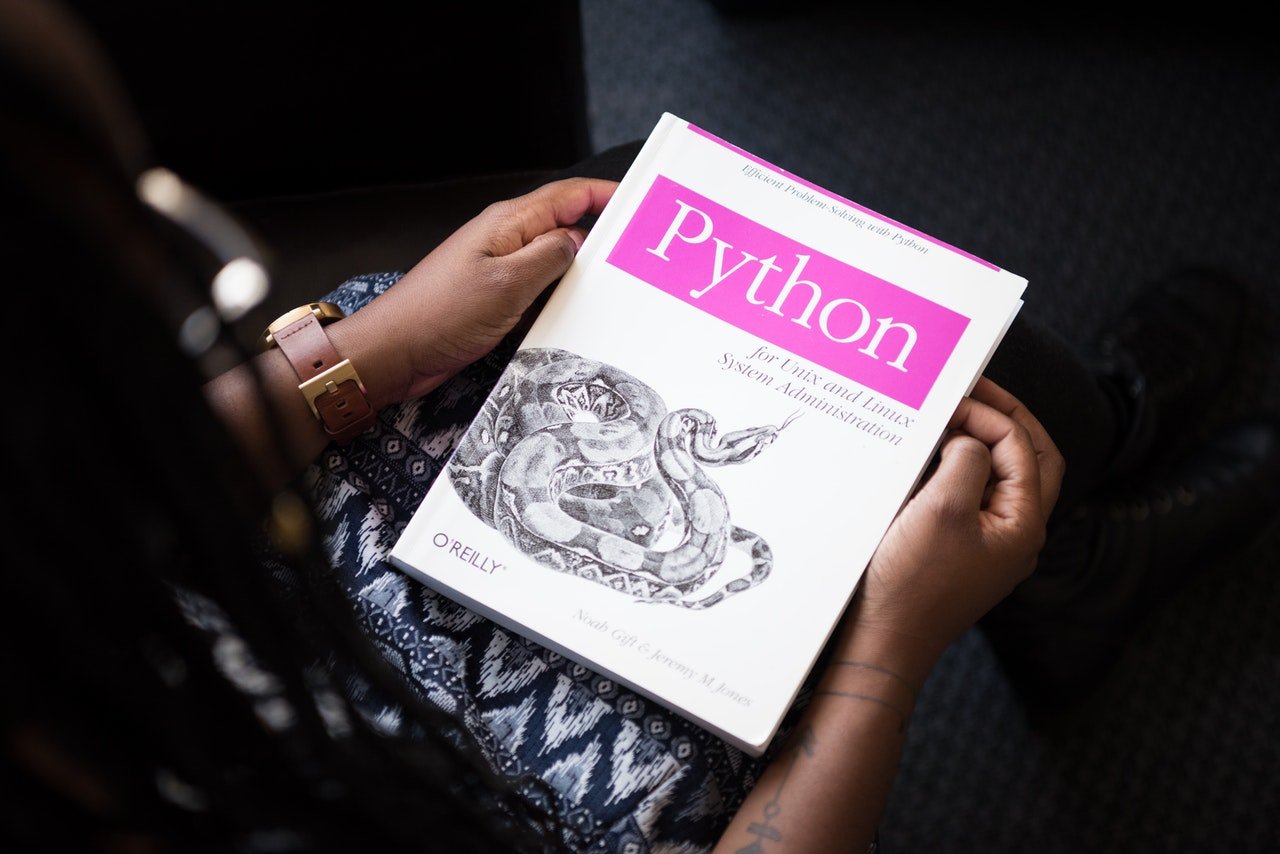
A factorial program in Python is essentially the same as it would be in any other programming language, like Java or C++. It’s just a series of steps that are repeated over and over again until there are no numbers left to be multiplied together.
In the program, we can track the numbers we use to multiply together by creating our own variable that counts up each time we add one more number into the equation so that we can keep track of where we are in the series of multiplying numbers.
It can be said that factorial program in python is a natural way of calculating. It involves zeroing down to 1 and then adding all positive whole numbers. The procedure of using it has not been changed, only its relevance. For those who need to use it, they will still use old techniques and methods because there are no other programs which could substitute it at present time.
It means factorial program in python will always stay with us forever. So, let’s learn about what we called factorial program when we were small kids or high school students! What does it mean and how does it relate to ordinary counting procedures In our school years, we used addition and multiplication as well as memorization of basic algebra rules to solve problems related to large number series.
Thus factorial program in python is nothing new for us, but an exciting feature widely used by IT practitioners nowadays. And I think learning more about codes written on software code generators may come in handy too. As an example, you have a running process which takes a long time; so maybe you think I’ll calculate the results after some time or I’ll stop my computer right now since I have nothing urgent today. Then what would you do if your system crashes while calculation Nothing!
How to Compute Factorials In Python?
A factorial program, or factorial function, is used to find out how many possible combinations of things can exist. Let’s say that you wanted to calculate five factorial. This would be equal to 5 × 4 × 3 × 2 × 1 = 120. If you were to change your calculation from 5 to 10, you would be working with 10 × 9 × 8 × 7 × 6 = 362880. To better understand how factorials work in Python, we first need to look at what they actually are. When you see an exclamation point on its own, like in 2! , it indicates factorial program in python on w88
In other words, 5! means 5 times four times three times two times one, which equals 120. It’s really not too much more complicated than that! For example # calculate factorial and return it result = (input(Enter number)) output = fact(result) print(output) We start by asking for input from our user to figure out how big their number is going to be for us to use later on.
4 Ways To Get Started with the Python Tkinter GUI Library
Tkinter, short for Tk interface, was named after its Tcl scripting language counterpart. Tkinter refers to a set of standard GUI elements that are part of every installation of Python and can be used by beginning programmers to build basic graphical user interfaces (GUIs). The name has also come to refer to an entire library of GUI elements which make up what’s called The Tk Toolkit. In either case, here are four ways you can get started with building GUIs using Python and its Tkinter module.
Which Way is Best for You Whether you’re choosing between IDLE or tkinter scripts really comes down to personal preference; neither method is better than the other, they just approach coding in different ways. If you’re new to programming and working through tutorials like those offered on Dive Into Python or Learn Python The Hard Way , you may prefer IDLE because it gives you instant feedback as opposed to tkinter scripts where compilation errors aren’t caught until run time.
That’s Why We Recommend These Libraries As your skills progress over time, both IDLE and tkinter will continue to play essential roles in your development workflow. But whichever method best suits your style of learning today doesn’t mean it’ll be best tomorrow. Change is inevitable – so embrace it!
12 Tips for Writing Cleaner, More Maintainable Code in Python
Clean code means something different to everyone. To some, it’s code that reads well—code that other developers will thank you for. For others, clean code doesn’t require extra-special attention or skill; it comes naturally and can be written by anyone (or so they say). Regardless of what clean means to you, you probably agree that clear and maintainable code is important.
Here are 12 tips for writing cleaner, more maintainable code in Python
- Name your variables sensibly and according to standard convention…
- Use whitespace judiciously.
- Add meaningful descriptive text as docstring.
- Avoid using mutables like lists in functional programming constructs.
- Don’t overuse classes.
- Make use of tuple unpacking when calling functions with multiple arguments…
- Keep conditional blocks short and concise.
- Use asynchronous programming wherever possible.
- Be precise with string formatting.
- Prefer using .format () over manual string interpolation.
- Eliminate unused imports from package paths….
- Write tests to accompany any non-trivial functionality.
You may be interested in: Top Innovative Companies in GUI & IoT Industries

